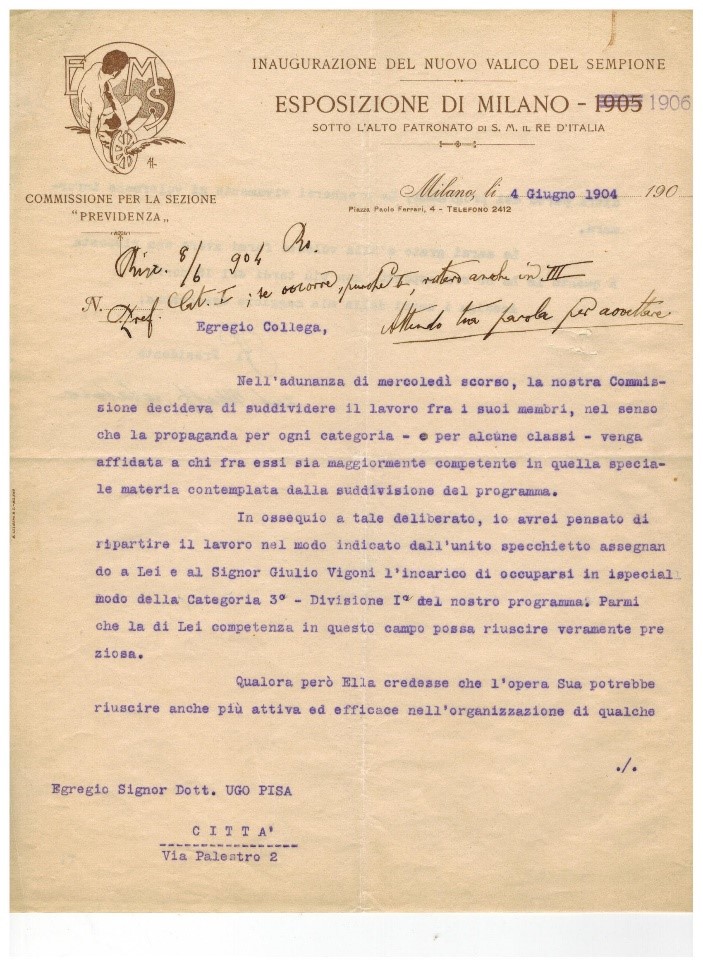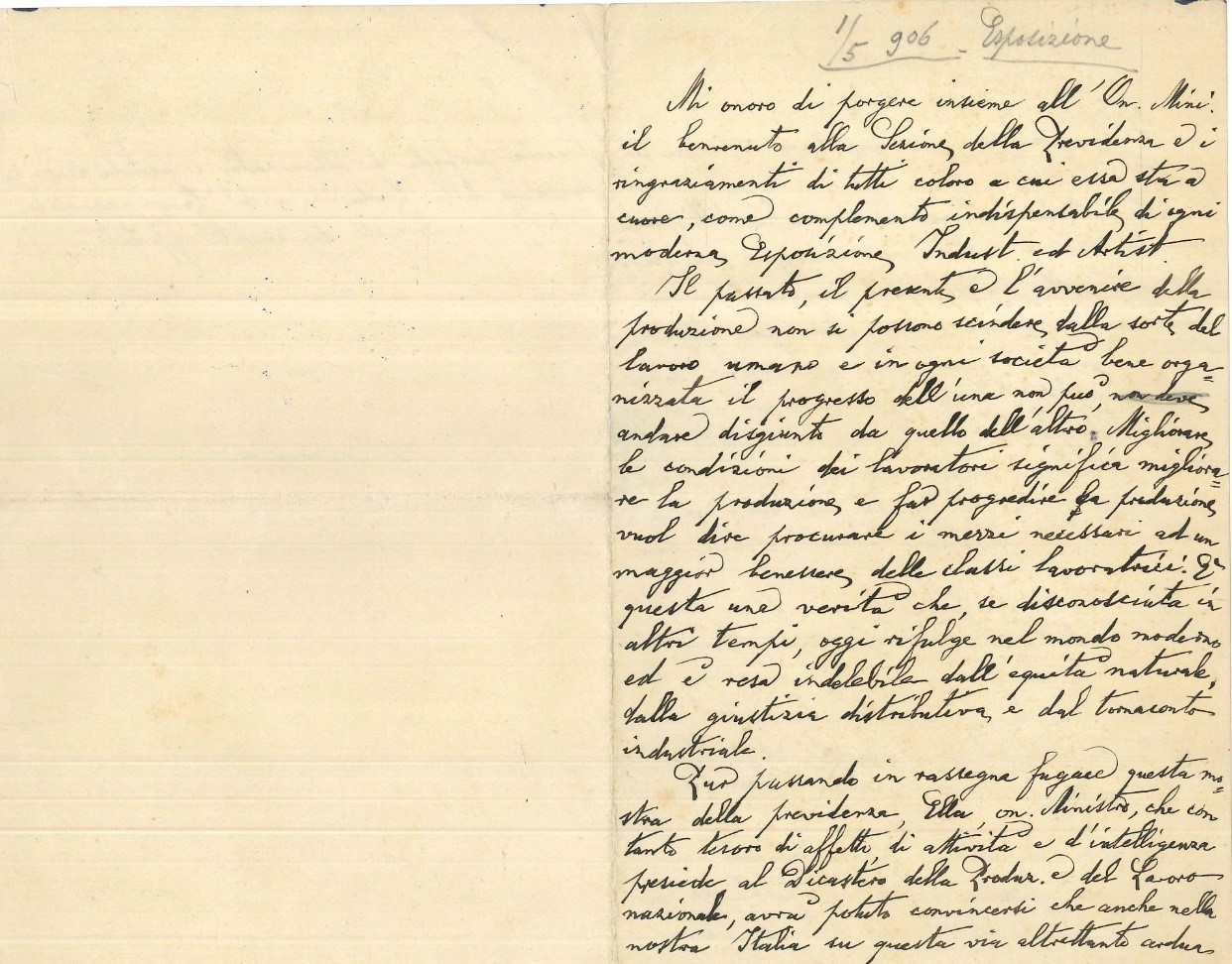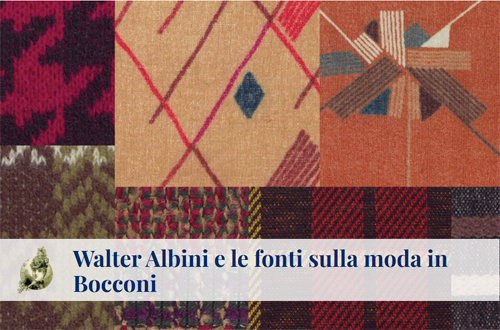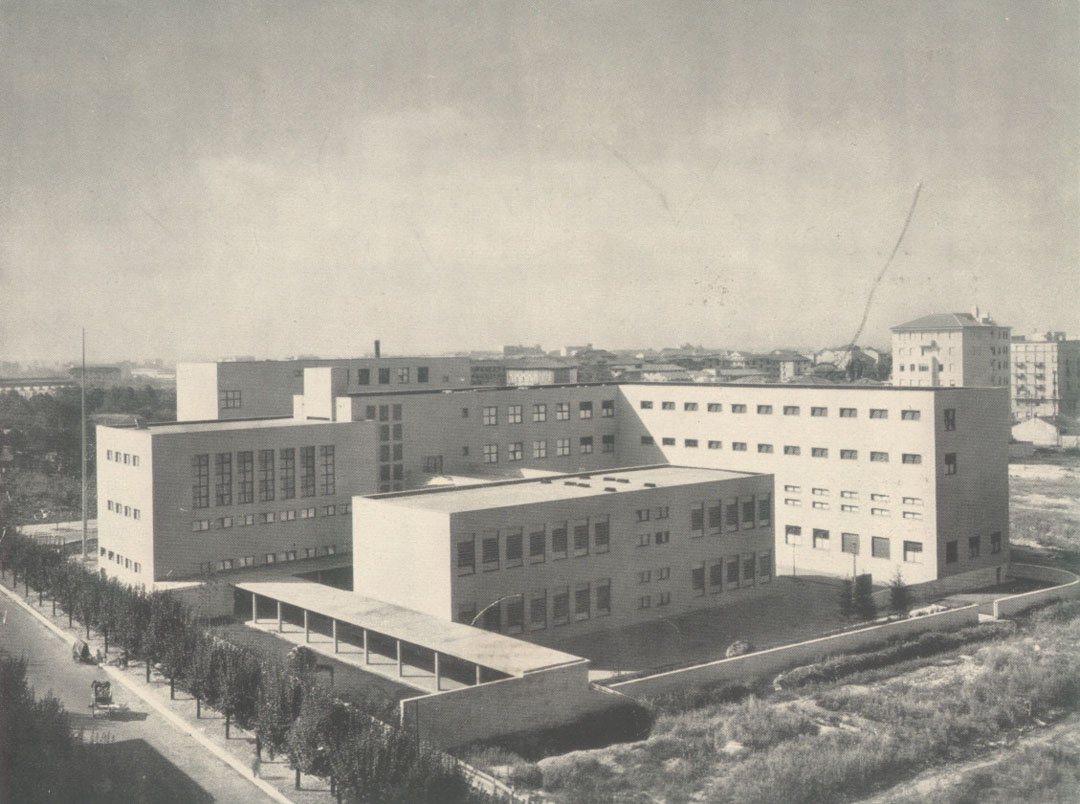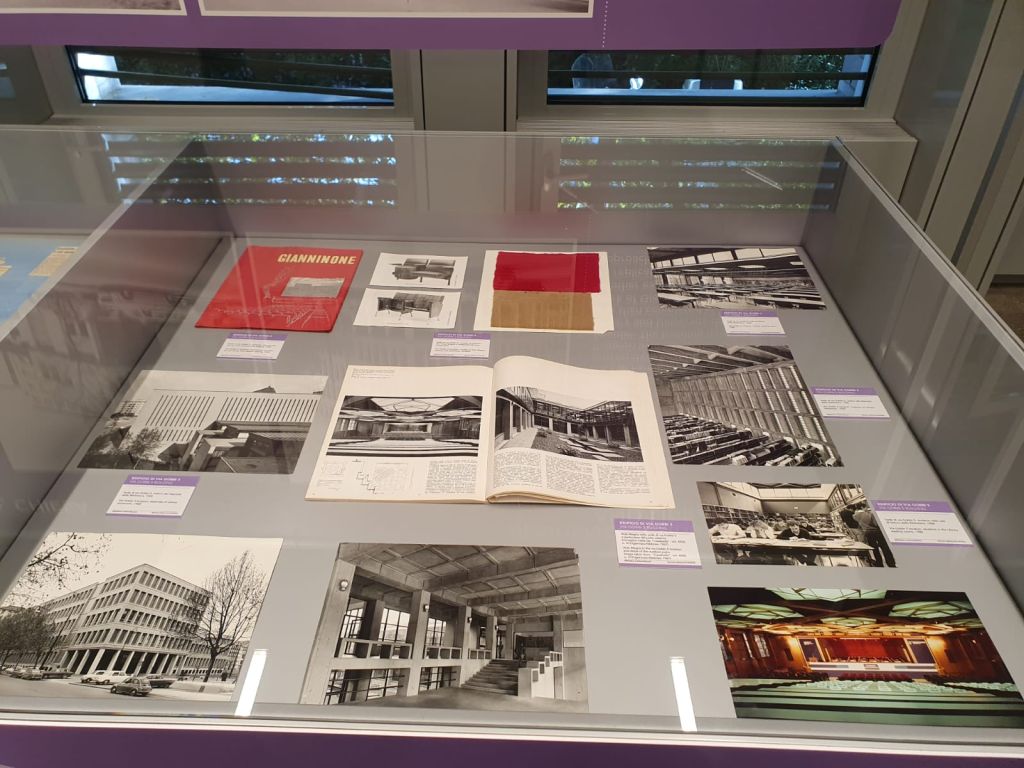At the center of the World: the Paris and Milan Universal Expositions of the early 20th century
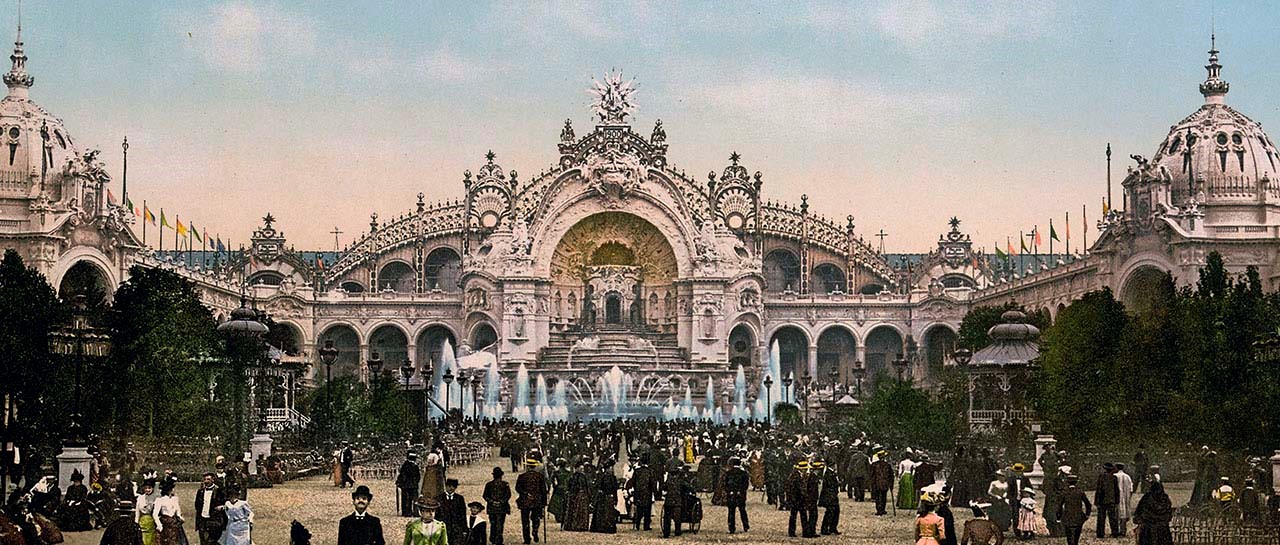
Symbols of the Belle Époque and Art Nouveau, but also of faith in progress and the future, the Universal Expositions of the early 20th century still retain a unique charm more than a century later. At the 1900 Paris Exposition visitors had the chance to admire: Eugène Hénard's futuristic Palace of Electricity with five hundred light bulbs, the Lumiere Brothers' recent discovery of cinema and Raoul Grimoin-Sanson's Cinéorama, the gigantic 1900 Telescope (still the largest telescope ever built of its kind), the projection of the solar system in the "Globe Céleste" and the optical illusion of the Mareorama. Visitors could also contemplate several new buildings built for the Exposition, including the Gare de Lyon, the Gare d'Orsay (now the Orsay Museum), the Alexander III Bridge, the Grand Palais and the Petit Palais. So much so that the 51 million visitors who flocked to Paris still seem to represent an unsurpassed record.
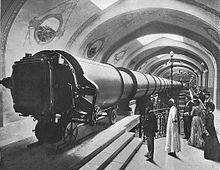
The 1906 Milan Expo generated no less interest. It took place the same year when the Simplon Tunnel between Italy and Switzerland was inaugurated and the main theme was transport. Indeed, railway was the real protagonist: the railway exhibition counted 35 Italian exhibitors, including Edison, Stigler and Gadda-Brioschi from Milan. Visitors were impressed by the elevated railway that connected the two Expo sites in Piazza D'Armi and Parco Sempione (today, only the civic aquarium remains) and by the evening illumination of the "White City," whose futuristic model Milan aimed to. Exciting discoveries from recent years were also displayed in the motoring and cycling pavilion, along with several projects for future development.
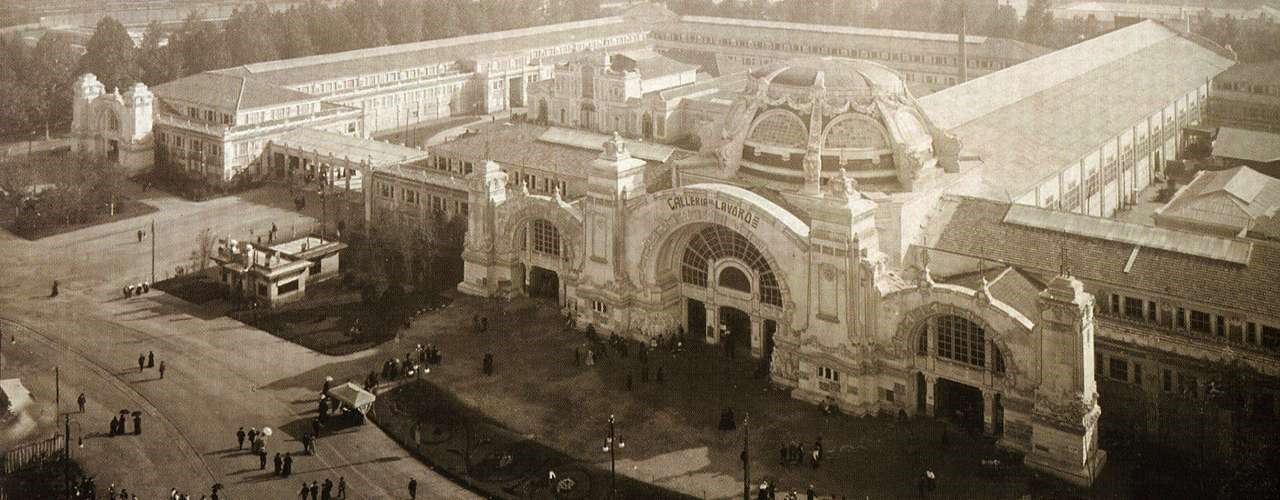
The Galleria del Lavoro also enjoyed a great success. There, the graphic arts had the greatest visibility: Milan played a leading role in the sector, thanks to the city's many publishing companies (I Ricordi, Fratelli Treves, Sonzogno, and Hoepli, to name only a few). Here, everyone was fascinated by the grandiosity of machines such as the printing press, which for example Sonzogno ran continuously, printing special editions of Il Secolo Illustrato and L'Esposizione Illustrata di Milano 1906 at the rate of 800 copies per hour.
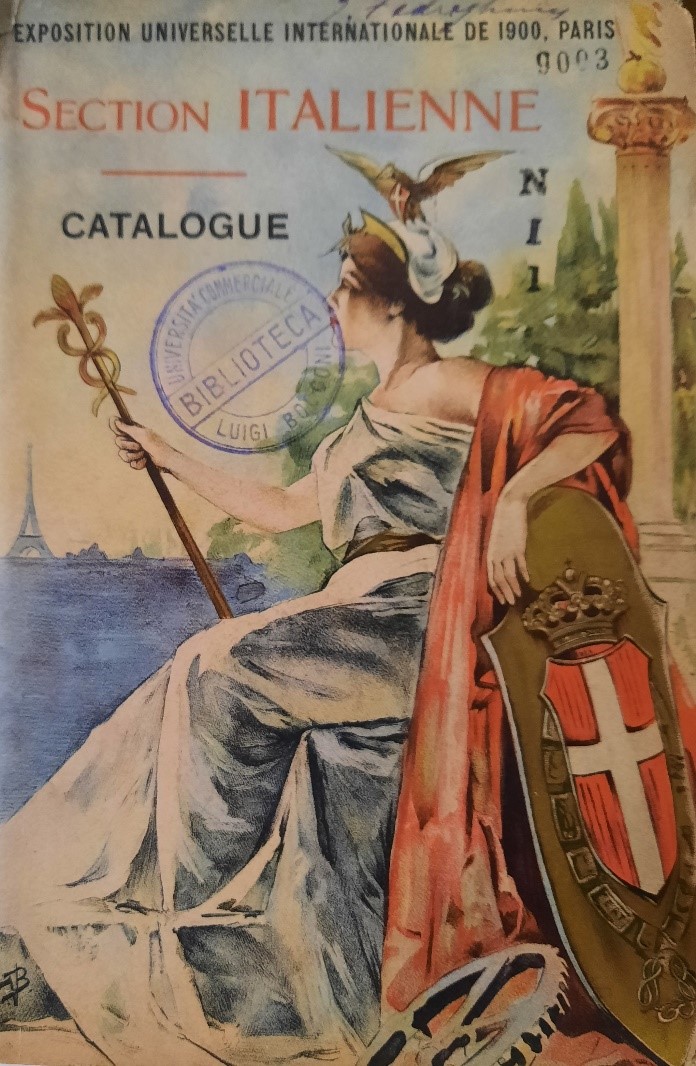
Bocconi Library holds a vast collection of rare and attractive material, with presentations of the exhibiting countries (and their colonies), reports on their agriculture and economies, various sample books and guides to the pavilions for both the Paris and Milan Expos. Bocconi Historical Archives also preserve a record of the 1906 Milan Exposition in the Ugo Pisa fund, former president of the Milan Chamber of Commerce in 1893 and senator of the Kingdom in 1898. The file dedicated to the exposition contains, among others, the letter in which Pisa was called by the President of the Exposition to chair the Welfare Section and the manuscript of Pisa's speech.
